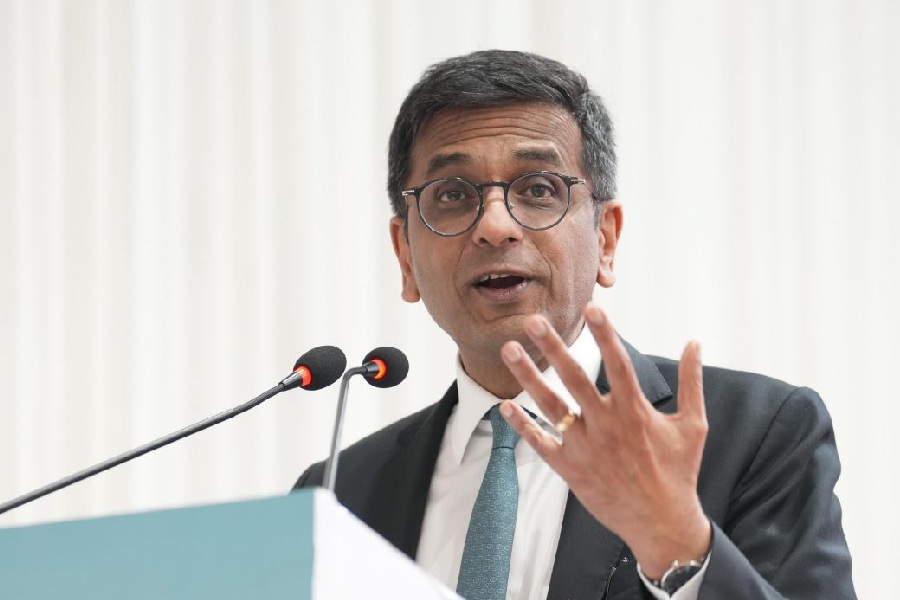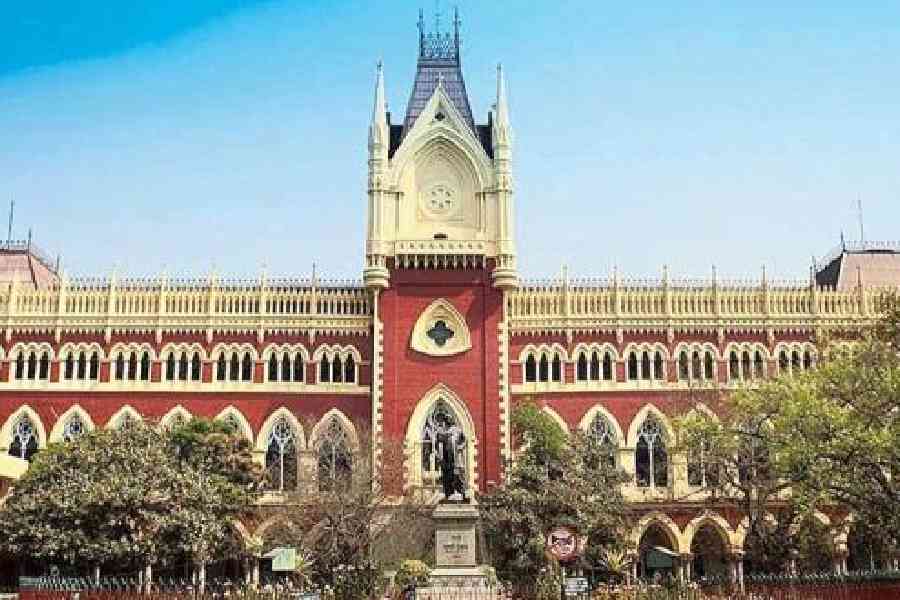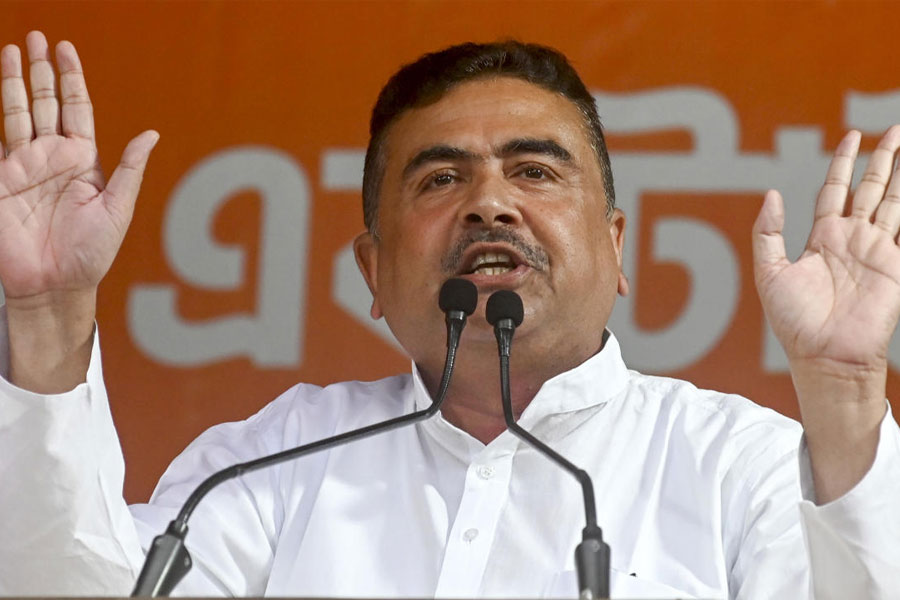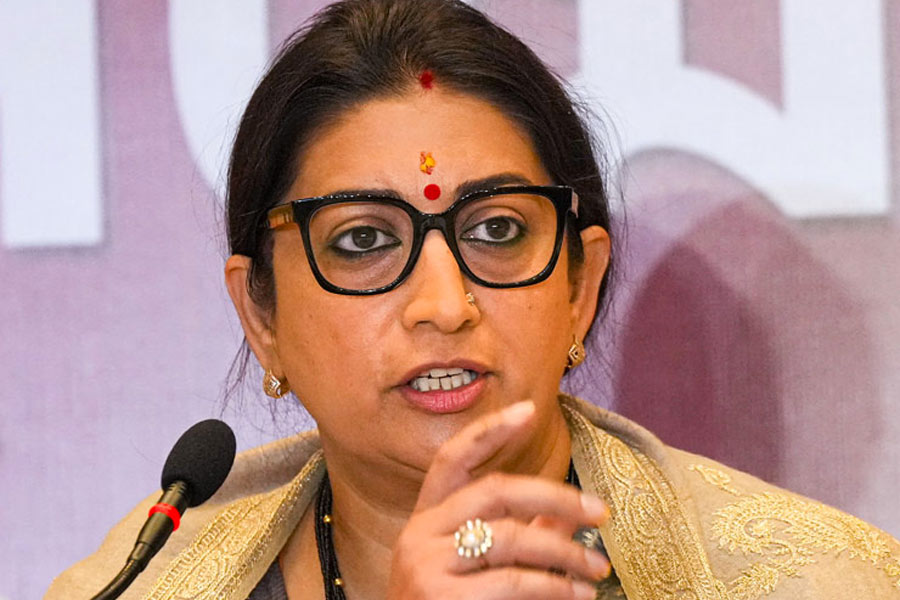THE HINDU WIDOW IN INDIAN LITERATUREBy Rajul Sogani, Oxford, Rs 525
Following the stringent moral precepts of Manusanhita, traditional Hindu patriarchy sought to curb female sexuality, which it deemed as a potential threat to its own structure. No wonder the two concepts of satitva (chastity) and pativrata (devotion to the husband) were invented to preserve the tyrannical authority of the male proprietor-cum-protector of the female body - be it the father, the brother or the husband. A woman in her conjugal life was seen by the Hindu male either as a 'much needed mother' or a 'feared whore'. However, it is the widow which the Hindu society dreaded most and formulated a host of obligatory dress and food codes to de-eroticize her.
The spread of English education in the 19th-century together with the growth of nationalist sentiments, which visualized the nation as the mother or a goddess, for the first time brought changes in the social perception of women. Widows could now stake claim to social sympathy, if not social acknowledgement. The Sati Act in 1832 and the Widow Remarriage Act in 1856 gave impetus to this changing social attitude.
In fact, this act and, preceding it, Iswarchandra Vidyasagar's seminal essay, 'Marriage of Hindu Widows', sparked off a barrage of debates and polemical writings that found their way into novels written in the vernacular languages. Authors were either sceptical or optimistic about the act. But a breakthrough had been made.
Rajul Sogani in the book under review undertakes the task of charting out the trajectory of the theme of the widow in Indian fictional literature from mid-19th century to the present time. Her well-researched book, The Hindu Widow in Indian Literature, is based on a study of texts 'examined not as individual structures but as structures in relation to the environment that produced them.' In her introduction, Sogani delves into both Vedic and Sangam literature to trace the origins of the Brahminical patriarchy. She looks for the archetypal image of the widow in the epics, the Ramayana and the Mahabharata as well as in the Tamil epic, Silippadikaran.
In the subsequent chapters, Sogani turns her attention to the fictional space occupied by widows in novels of the colonial and post-colonial period. She demonstrates how authors in the colonial period tended to romanticize a widow's love on the lines of the Vaisnavite tradition of parakiya. The treatment meted out to widows in these novels suggests that the characters were summoned to act out their passions on stage and once they had done so, were dismissed summarily from the social theatre. In the end, widows either die, as in Bankimchandra Chatterjee's Visavriksa, goes on a pilgrimage as in Rabindranath Tagore's Chokher Bali, or goes insane, as in Saratchandra Chatterjee's Charitraheen.
Thus, even within the fictional framework, widows were denied social rehabilitation. Their sexuality was at best sympathized with, but never approved of and hardly ever accepted. The struggle of widows, trying to reconcile their egos with their social existence, comes through in the writings of women novelists like Swarna Kumari Devi, Nirupama Devi, Usha Devi Mitra and others with whom Sogani deals exhaustively.
 Monday, 07 July 2025
Monday, 07 July 2025










